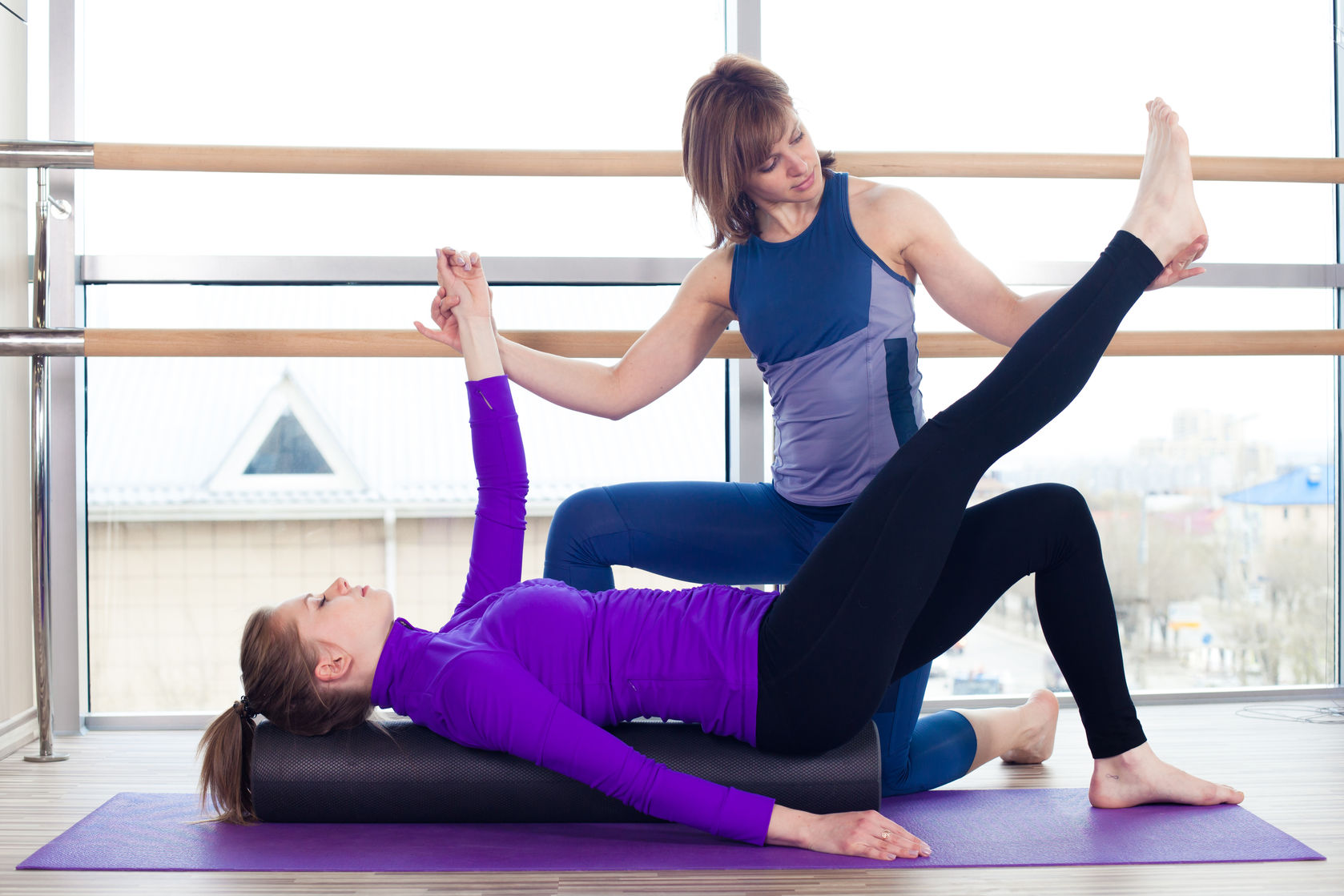Have you ever woken up with an inexplicably stiff and painful neck that will only turn to one side? You might have been suffering from acute wry neck, a painful condition following a typical pattern of symptoms. In the clinic, wry neck is classified as one of two different types – Facet or Discogenic wry neck.
Facet Wry Neck:
Facet joints are found on either side of the spine and allow controlled rotation and side bending of the neck. An awkward or sudden movement of the neck can cause a part of the joint capsule to tear or get caught in the joint, making it feel locked. The muscles around the area can also become tight and spasm, which amplifies the pain. The pain is usually sharp and can be pinpointed quite accurately to the part of the neck causing the problem, and the pain rarely travels down into the arm. It is usually possible to find a resting position where the pain goes away completely, only having pain when turning in specific directions. The good news about Facet Wry Neck is that your physiotherapist is usually able to help you ‘unlock’ the neck quite quickly with gentle mobilisations. Most of the time, a full recovery can be expected within a week.
Discogenic Wry Neck:
The vertebrae of the neck are separated from each other by fibrous discs, filled with a gelatinous centre. These discs provide support, flexibility and shock absorption. When placed under pressure, these discs may bulge or tear, and the resulting swelling can cause pain and muscle spasm in the surrounding area. It is important to note that in an area as sensitive as the neck, a small amount of damage can result in a large amount of pain.
The development of discogenic wry neck is usually due to a combination of factors, including neck stiffness, poor posture and biomechanics than can contribute to the disc being vulnerable prior to the injury. In this case, it can be challenging to find a comfortable position, and it is more likely for the pain to travel into the arm and include pins and needles.
Treatment of discogenic wry neck is focused on reducing pain and muscle spasm with massage, taping, heat and postural education. Further treatment aims to reduce any stress that is being placed on the disc, mobilise any stiff spinal segments and correct any muscle imbalances. While the initial symptoms may settle down quite quickly, it can take up to six weeks to fully recover from discogenic wry neck. In this condition, it is also essential to address all the factors that may cause a recurrence of the issue.

